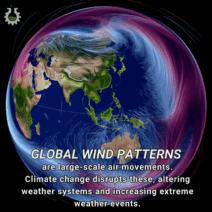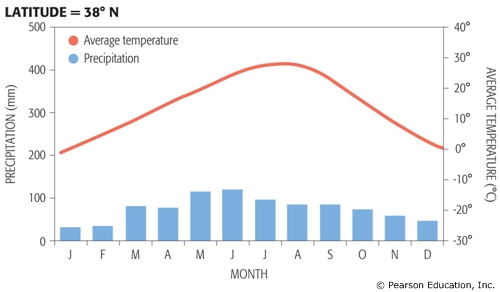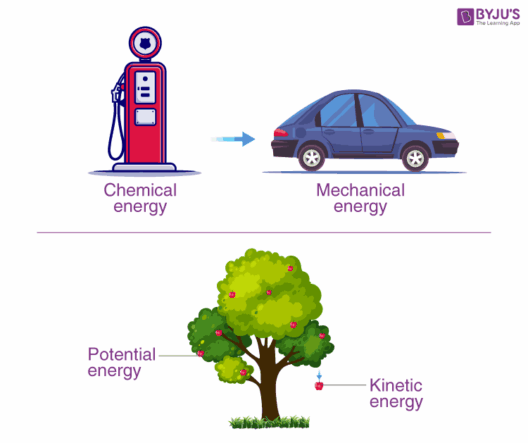Since the late 20th century, satellites have assumed a pivotal role in the monitoring and understanding of global warming. NASA, at the forefront of space technology, has developed a range of satellites specifically designed to track changes in the Earth’s climate. These technological marvels enable scientists to collect data on various environmental parameters, providing invaluable insights into the nuances of climate change.
Initially, the quest to understand Earth’s climate from space commenced with the launch of the first weather satellite, TIROS-1, in 1960. This marked the dawn of a new era in meteorology, as it paved the way for the comprehensive surveillance of atmospheric phenomena. The subsequent decades witnessed an influx of satellites, each designed with distinct instruments to monitor different aspects of the Earth’s environment.
The early satellite missions primarily focused on weather forecasting. However, as the implications of climate change became more pronounced, the need for dedicated climate monitoring satellites escalated. It was during the 1990s that NASA ramped up its efforts, deploying instruments that could reliably gauge the Earth’s surface temperatures, greenhouse gas concentrations, and other pertinent variables. Notable missions include the Landsat series, which began in the 1970s, providing essential data on land use, vegetation cover, and how these factors correlate with climate change.
One of the most revolutionary programs is the Earth Observing System (EOS), launched in the late 1990s. These satellites possess sophisticated sensors that collect data on atmospheric composition, temperature fluctuations, and energy exchange between the Earth and the atmosphere. The EOS satellites provide a holistic perspective of our planet’s health, offering continuous data that enhances our understanding of global warming.
In addition to temperature and atmospheric measurements, satellites also play an integral role in monitoring sea level rise. The Jason-1, Jason-2, and Jason-3 missions, for example, employ altimetry techniques to measure changes in sea levels with extraordinary precision. Understanding sea level changes is critical as it directly correlates with melting glaciers and ice caps due to rising global temperatures. Reports indicate that sea levels have risen significantly, a trend that satellites have been crucial in documenting over the past few decades.
Moreover, satellites are indispensable in the examination of Arctic and Antarctic ice caps. The Gravity Recovery and Climate Experiment (GRACE) satellites provided groundbreaking data on ice mass loss from these regions. The alarming rate at which the polar ice is diminishing can be attributed to rising global temperatures, and satellites have been the eyes in the sky that chronicle this alarming phenomenon.
The spatial resolution of satellite imagery has advanced remarkably over the years. Early satellite images were grainy and lacked the precision required for detailed studies. Today, satellites like Landsat 8 and Sentinel-2 offer high-resolution imagery, allowing researchers to observe changes at a granular level. This advancement has facilitated the study of not only ice caps but also forests, deserts, and urbanization’s impact on local climates.
Moreover, the Sentinel missions, part of the Copernicus program, provide free and open-access data on environmental parameters critical for understanding climate change. These satellite systems contribute significantly to various sectors, including agriculture, forestry, and disaster management, thereby highlighting the interconnectivity between climate data and real-world applications.
The realm of remote sensing extends beyond just physical parameters. Satellite data are integrated with machine learning algorithms to predict climate trends and model future scenarios. This cutting-edge approach enables scientists to forecast potential outcomes based on current data, shaping climate policies and preparedness strategies. For instance, predictive models can elucidate how temperature increases may impact specific ecosystems and agricultural productivity.
Public engagement is another vital aspect facilitated by satellites. The visualizations derived from satellite data have immense educational value. They serve as powerful tools to communicate climate change’s impact, raising awareness and fostering a sense of urgency. Initiatives such as NASA’s “Eyes on the Earth” allow the public to explore real-time data, showcasing the stark realities of a warming planet.
As we reflect on how long satellites have been tracking global warming, it is evident that we are witnessing the culmination of decades of scientific innovation and technological advancement. The integration of satellite data with terrestrial information enhances the robustness of climate change research. This synthesis of information fosters collaborative efforts across disciplines, from atmospheric science to ecology.
Looking towards the future, the next generation of satellites promises even greater fidelity and capability. Recent developments, such as the upcoming NASA missions focusing on carbon and methane monitoring, aim to address critical gaps in our understanding of greenhouse gases. As technology continues to advance, it will enable even more granular insights into the complex interactions driving climate change.
In conclusion, satellites have provided an unparalleled perspective in the fight against global warming. By tracking atmospheric changes, sea level rise, and surface temperature variations, they have become indispensable for climate research. The data they provide not only enhance our understanding of the Earth’s changing climate but also empower policymakers and the public to take informed actions in addressing the challenges posed by global warming. As new technologies emerge, the potential for satellites to contribute to our understanding of climate change will only increase, solidifying their role in protecting our planet for future generations.






